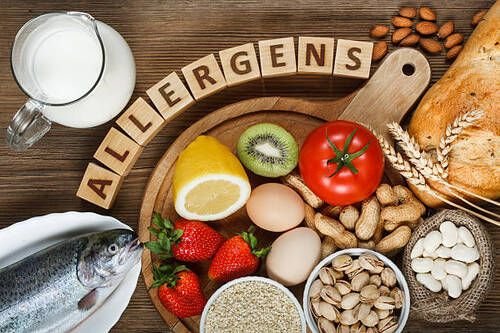
Children’s Allergies – 8 Kinds of Foods You Must Know and 3 Key Protections
Most parents think they have full control over what their children eat. However, this is not the case. Parents cannot have full control over what their children eat. Some children are very sensitive to food. Certain foods can cause allergies in children. In severe cases, they may even be life-threatening.
Educate children about food allergies from an early age
When children are out at events such as camping or parties, it is unlikely that others will know what foods they are allergic to, and it can be very dangerous if a child cannot speak up for themselves. It is very important to teach children to communicate with the adults who give them food. Children should be educated about allergies from an early age and ask whether they contain ingredients that cause allergies before eating.
Even though your child may be too young to understand what an allergy is, you still need to tell them which foods to avoid. When children are older, teach them how to avoid allergens.
The 8 most common food allergens
When trying new foods, you should pay attention to whether allergic reactions may occur. More than 90% of allergic reactions are related to the following 8 foods:
- Milk
- Egg
- Fish
- Shellfish
- Peanut
- Nuts (such as walnuts or almonds)
- Soybeans
- Wheat

Educate your children these 3 things
- In an unfamiliar environment: When educating children to participate in activities outside, they should let the adults in charge of the activities know their medical conditions at that time. You can use bracelets or necklaces with allergens written on them. This way, adults around them can understand better. Food taboos for kids.
- When someone asks you to eat: You should carefully teach your children that before eating food, they must ask whether the food contains allergens. If someone offers food from unknown sources, they should politely refuse it or ask the other party to give information about the food. Definitive answers to food ingredients.
- Learn to read nutrition labels: Foods containing egg ingredients are not necessarily presented as whole eggs. They may be lysozyme, mayonnaise, albumin, ovalbumin, egg white Frosting (Meringue), protein powder (Meringue powder) or fish paste (Surimi). As long as the child can read and recognize certain nouns, the child will know how to avoid possible allergens.












